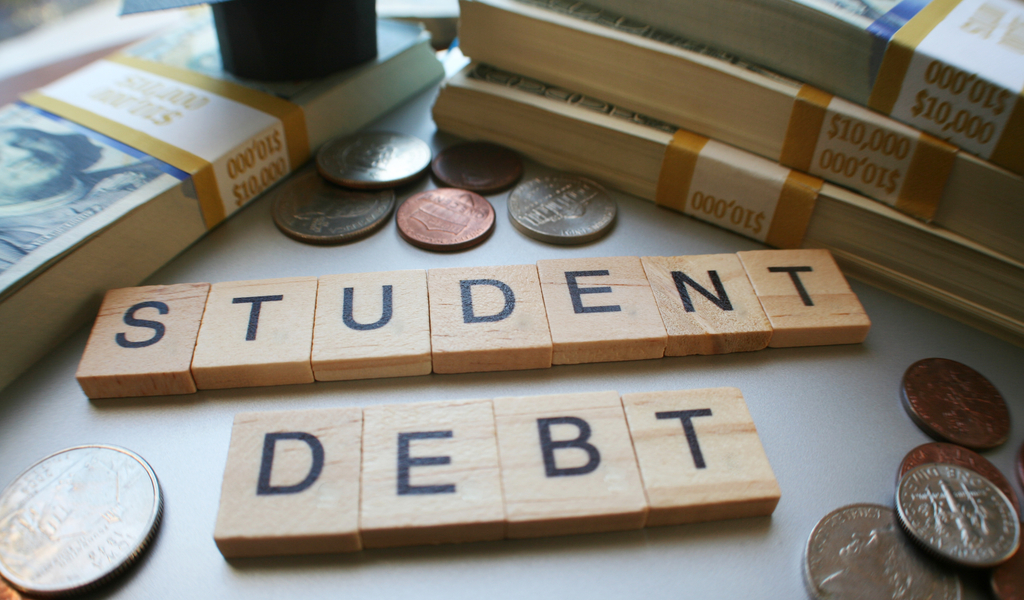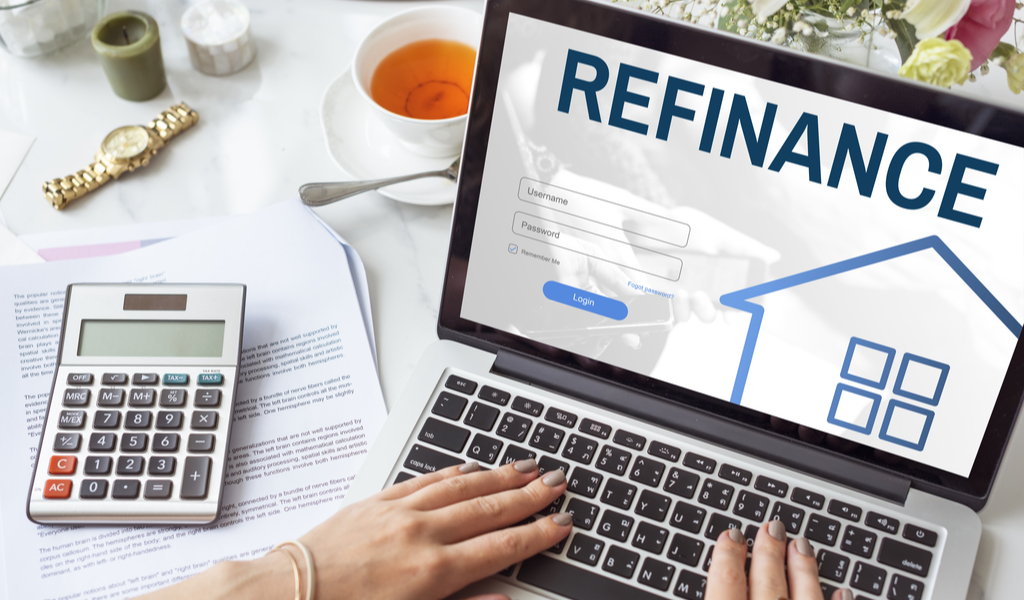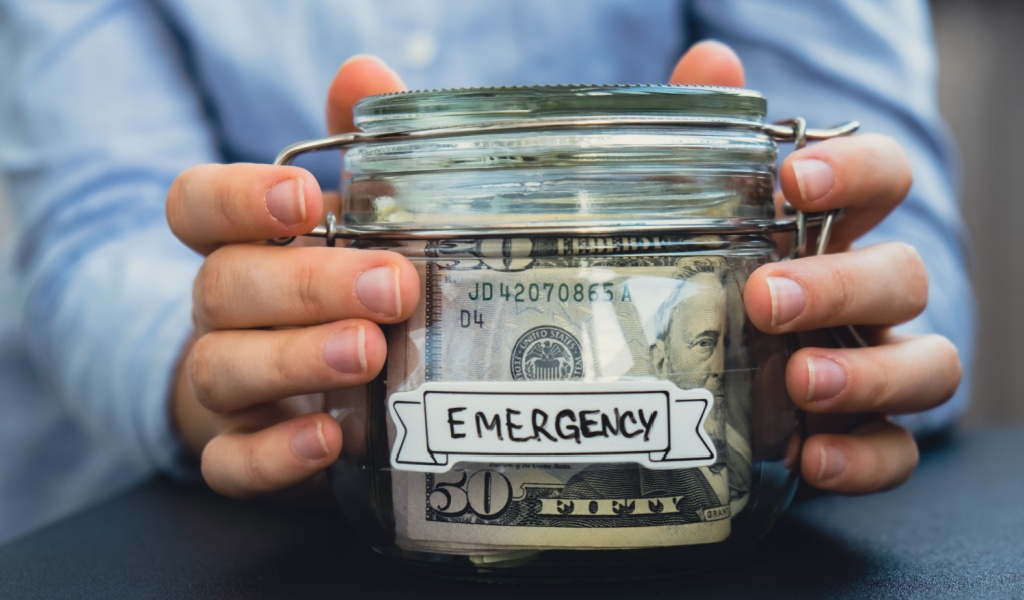College debt is one of the biggest issues faced by millennials in the US today. Not only does this contribute to a great deal of stress and financial burden, but it can also hinder their ability to build long-term wealth over time.
Over the past decade, student loan debt has continued to increase steadily, standing at record high numbers of $1.4 trillion in 2017. This is the country’s second-largest source of consumer debt, only trailing behind housing.
Research conducted by Brookings institute discovered that an undesirable trend that has been developing with these debt holders is that they are taking longer to pay the loans back if they even pay them back at all. But a deeper dive into the reasoning behind this reveals that this is because interest makes it much harder to pay off even the original loan amount.
This is madness, to say the least. Needless to say, paying back your student loan debt as early as you can is the ideal solution to this problem. Nathan Greene, a financial planner for Shoemaker Financial, says that it can even be the key to building long-term wealth. Greene and other financial planners say that there are some strategies that millennials can use to avoid high interests and pay off college debt quickly.

1. Debt Snowballing
Debt snowballing is a strategy suggested by Greene and his associates for millennials with multiple student loans. They say its simplicity makes it easier to understand and follow through.
As per this strategy, one is supposed to categorize their loans from smallest to largest and focus on paying off the smallest one first. To do this, they suggest paying the minimum amount on all loans, except the smallest, to which you will dedicate as much money as you can spare. Once you’re done paying it off, move on to the next loan on the list, and so on.
“Once that loan has been aggressively repaid, its payments can then be rolled to the next loan, and so-on down the line,” Greene says.
He also says that while it’s generally recommended that you pay off the student loan with the highest interest so that you don’t end up paying more money than necessary, paying off a smaller loan can help build momentum and keep you motivated to pay them all off.
“Many student loan holders don’t have a spending problem, but it is still psychologically a more successful approach than dropping money into a large balance,” Roy Janse, a certified financial planner for DeHollander and Janse Financial Group, explains.
You should also consider the fact that the terms, like interest rates, payment schedules, and minimum payments, will differ when regarding different types of loans. Therefore, you need to look into a repayment scheme that best fits your lifestyle.
You can find repayment plans and information regarding each individual’s eligibility from the Federal Student Aid Offices in the instance of a government-issued loan. Other programs like the Pay As You Earn plan provide you with a bit more flexibility regarding when and how you pay, but it has certain drawbacks like having to update the government with your financial status every year. Greene suggests picking the 25-year extended repayment program to avoid such hassles.
2. Loan Forgiveness Programs
The Loan Forgiveness Program is an initiative by the government that pardons student loan debt for certain individuals based on a specific set of criteria. Although it seems like an easy out, there are several boxes you need to tick in order to qualify – which is why it can feel like winning the lottery when you do! And there’s no mistaking the relief that washes over you when you find out that you don’t have to pay back some or all of your loan!
However, not everyone who seemingly checks all the boxes will be eligible for loan forgiveness, especially when they have refinanced their loans. Fret not, as there are other government repayment programs can also benefit from this. You will need to check to see what, if any, of these programs you qualify for as some of them can have very specific requirements.
The Public Service Loan Forgiveness Program is one of the most well-known schemes that is available to those who work in public service. Among the criteria to qualify for this, you would have to work for a government entity or a non-profit organization, make 120 on-time payments, and be registered on one of the income-based repayment programs that are available. If you qualify, 100% of your remaining debt will be forgiven!
The Teacher Loan Forgiveness plan is another available to teachers in the public-school system who have completed 5 full academic years of service in a low-income elementary school, secondary school, or educational service agency. Those qualifying can get up to $17,500 forgiven on their loans.

3. Refinancing
Those who aren’t eligible for loan forgiveness programs can choose to go with refinancing, which can be a good way to save money in the long run.
With a refinancing, you would take your government-issued student loan to a lending agency. They will issue you a loan contract with a new interest rate (usually around 4%-7%) and a new repayment schedule that will depend on things like your income, credit-worthiness, and debt-to-income margin.
In the simplest terms, you will be taking out a new loan to pay off an old loan. This is a good idea because longer-standing loans will have higher interest payments tied to them. It’s best to look into a shorter repayment timeframe if you can afford it, as it will help get you a better interest rate. You can also benefit from lower interest rates from the federal government since there is some market competition among lenders.
However, the disadvantage of refinancing is that you will be on a more rigid repayment plan. And not everyone can devote a large sum of money to debt repayment every month; in this case, it would take longer to pay off the principal balance. Greene also reminds us that you may not be eligible for some loan forgiveness programs in the future.



